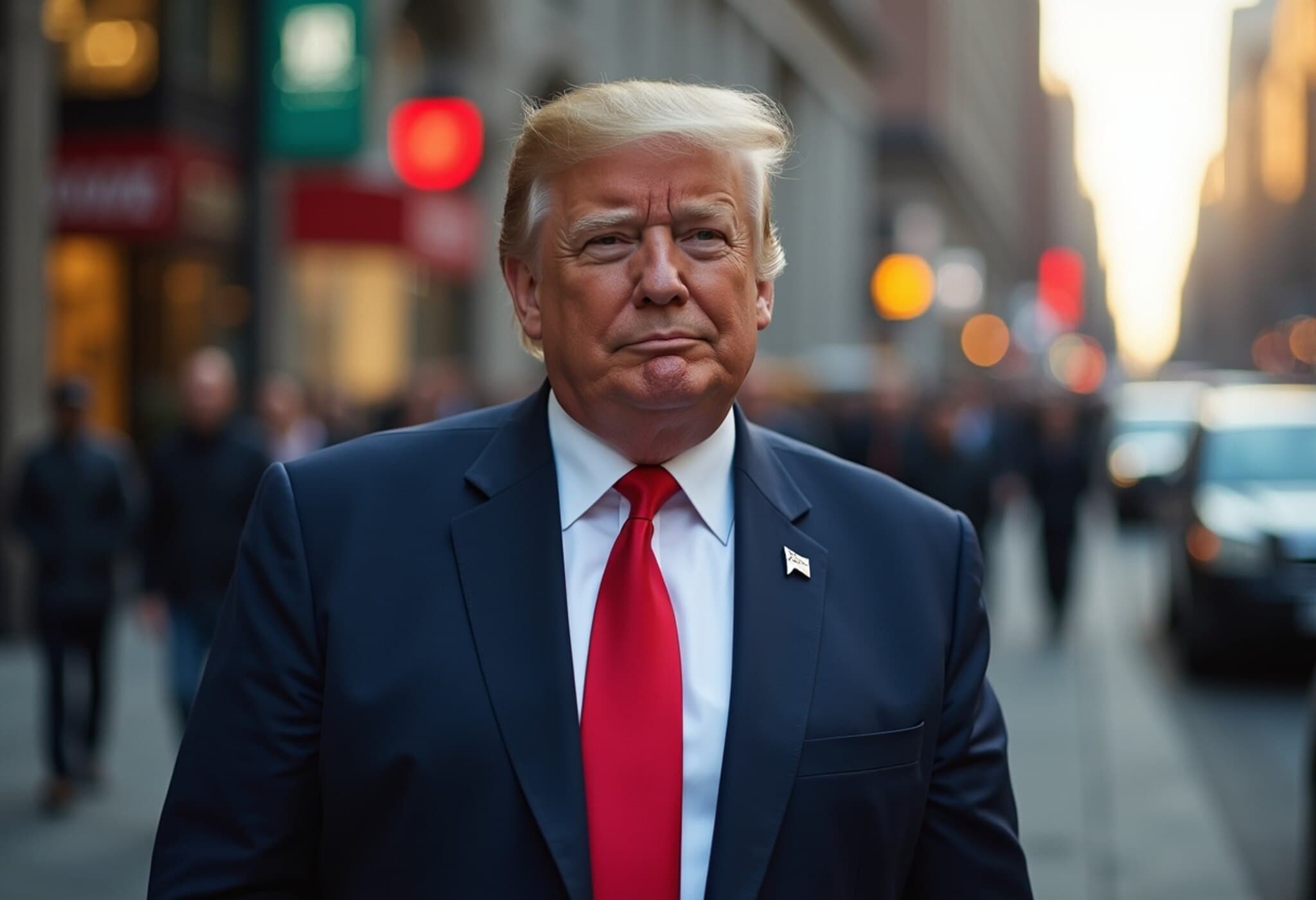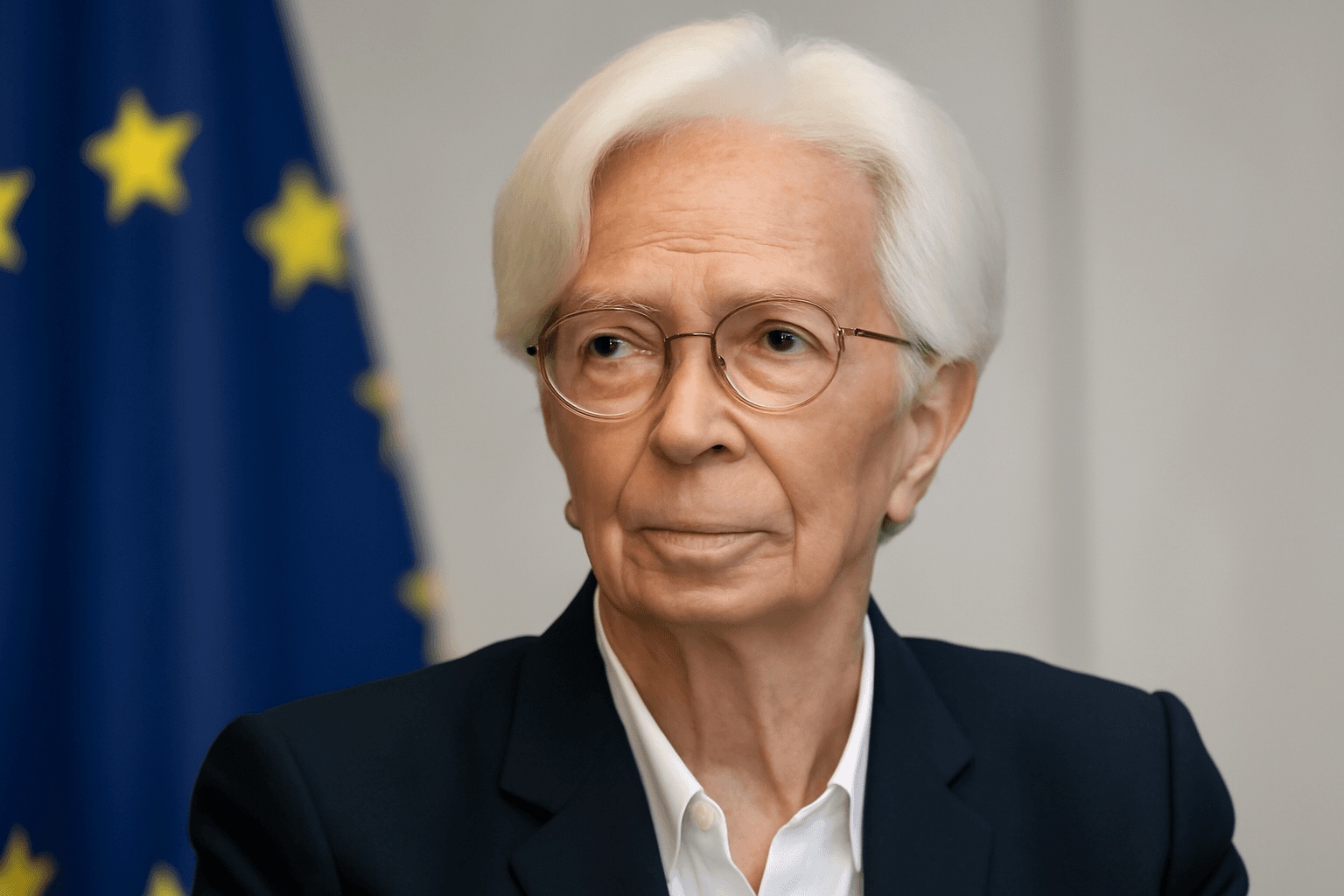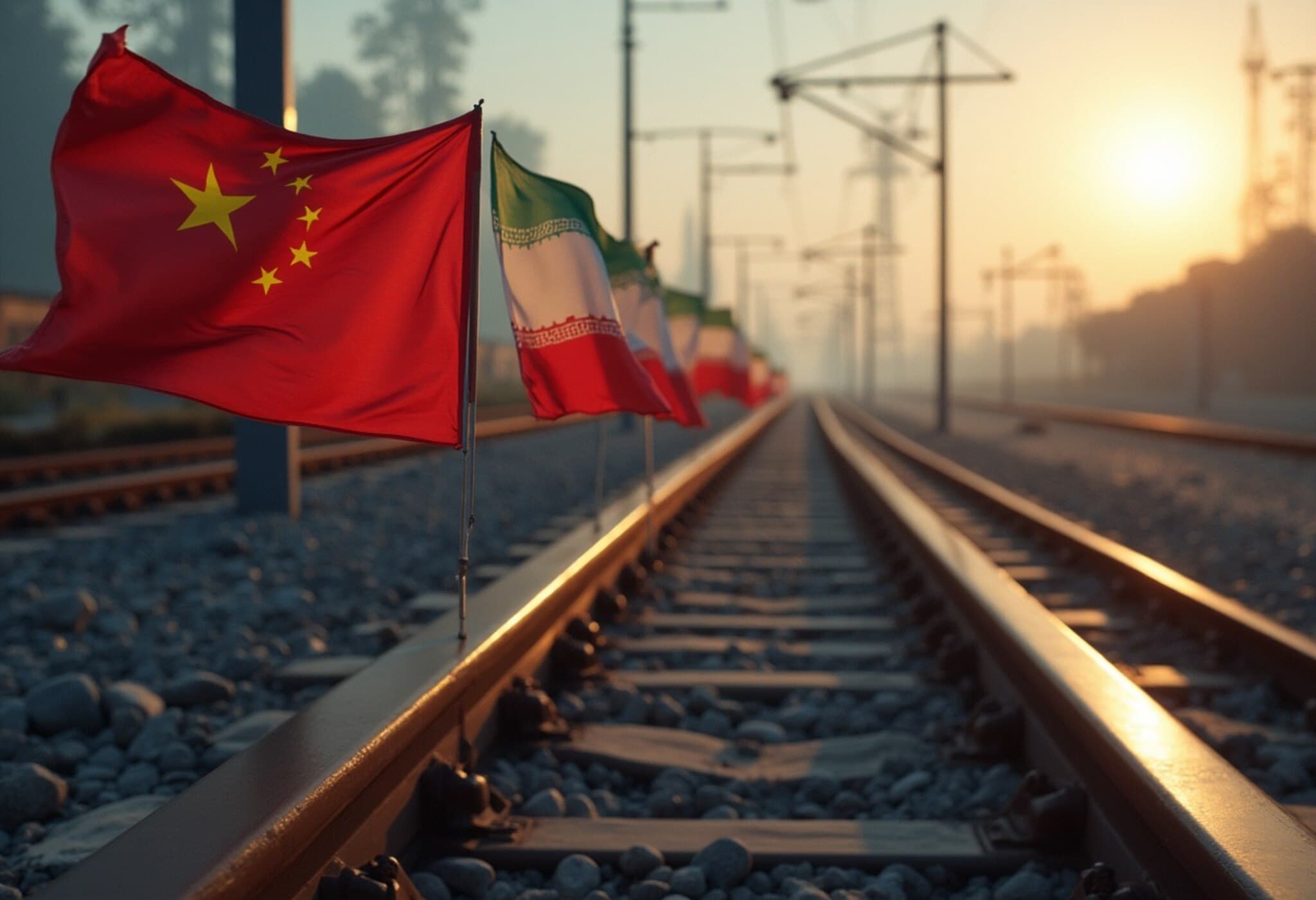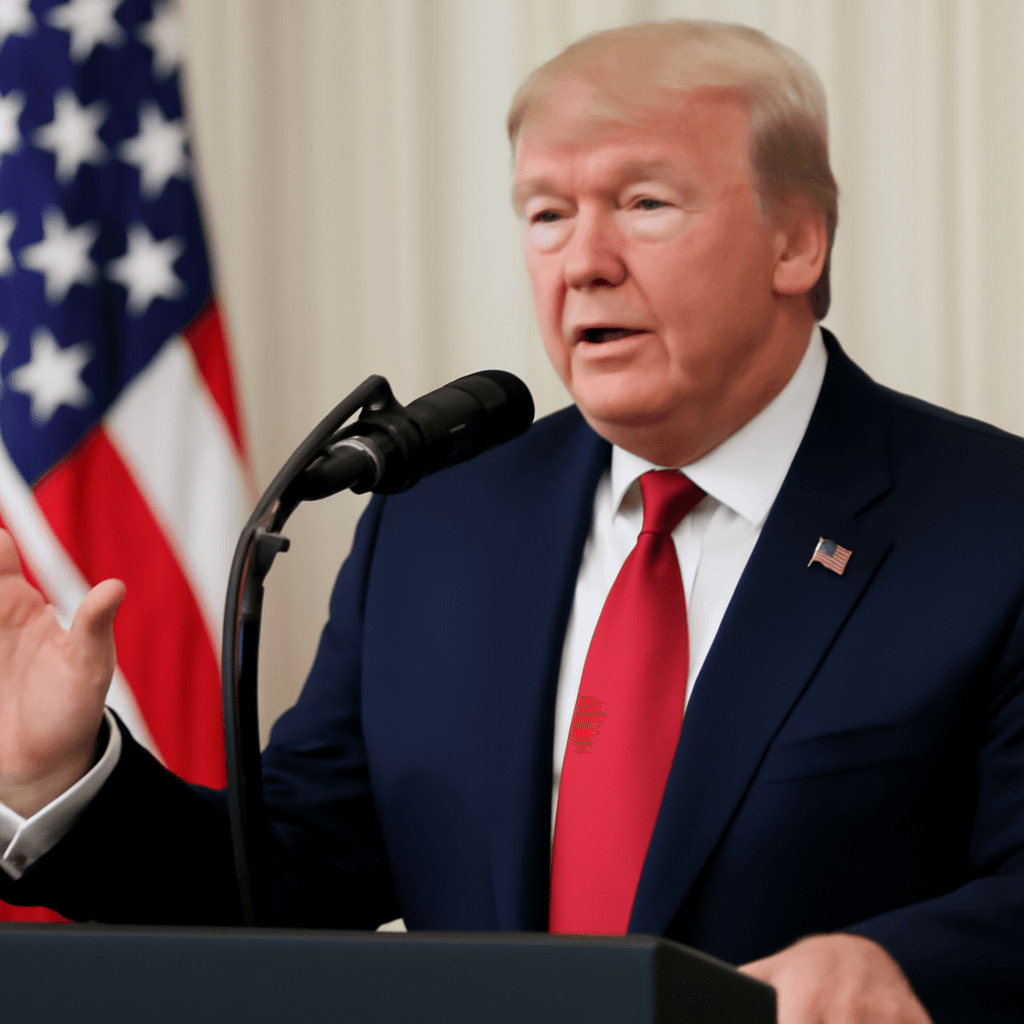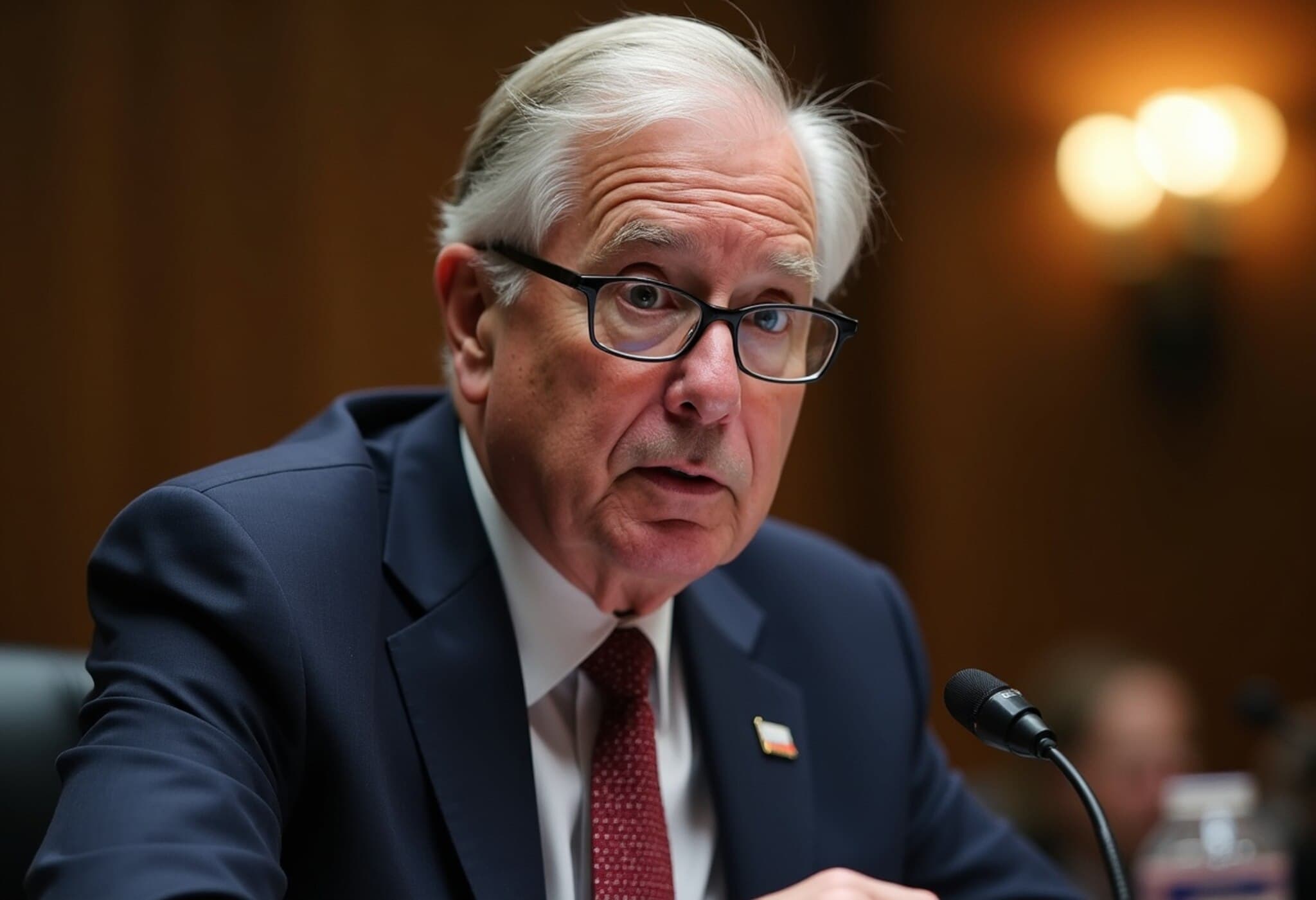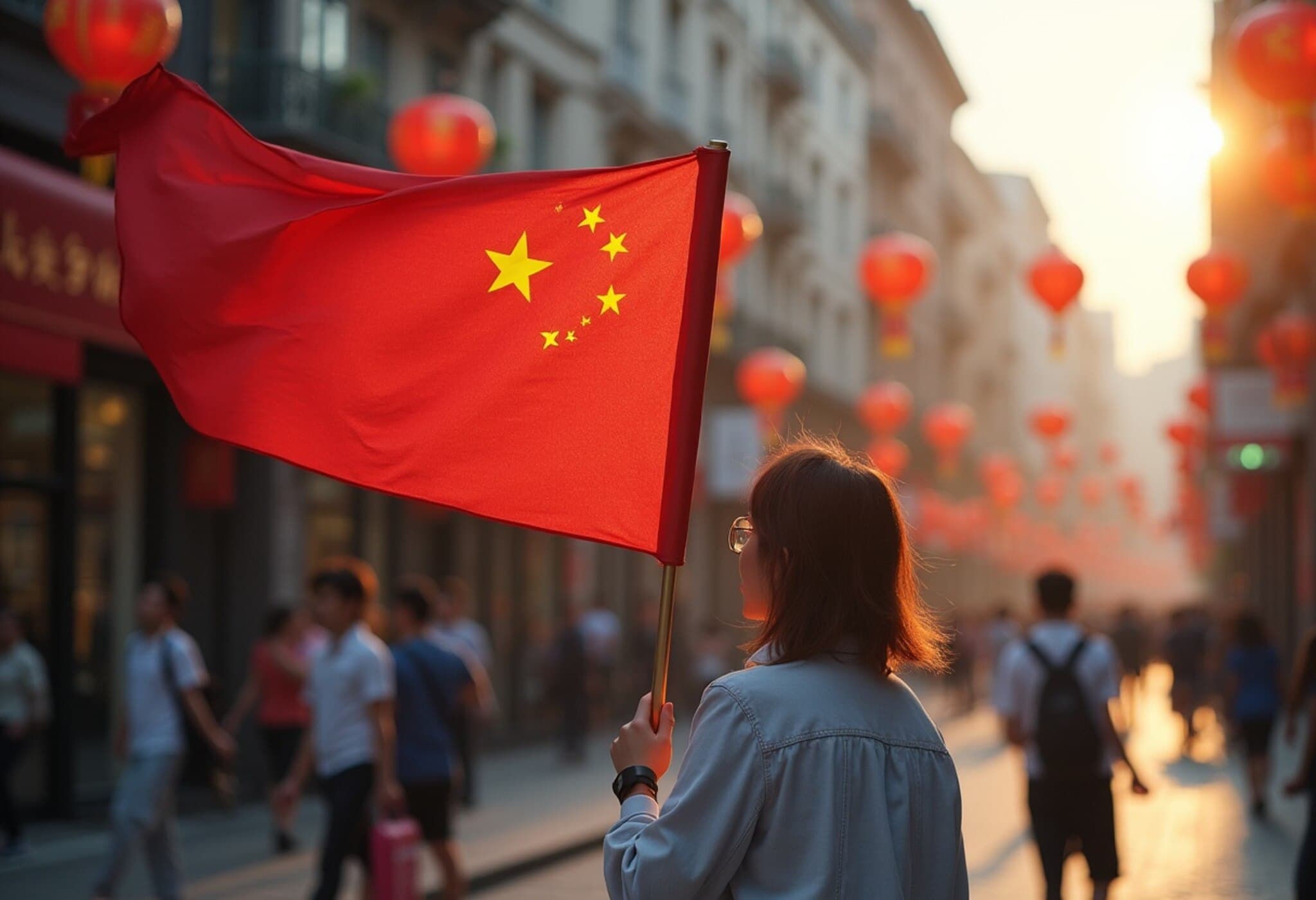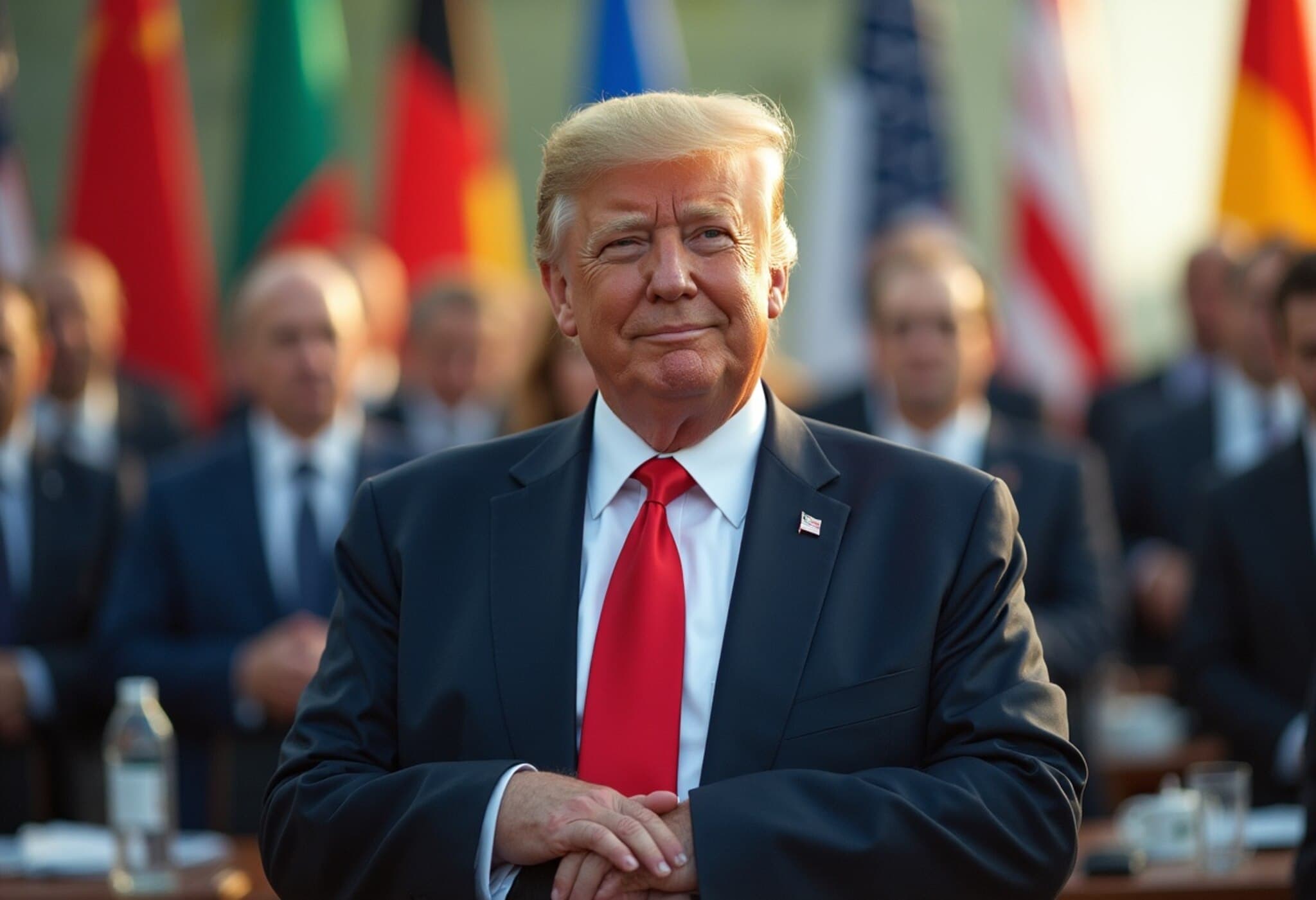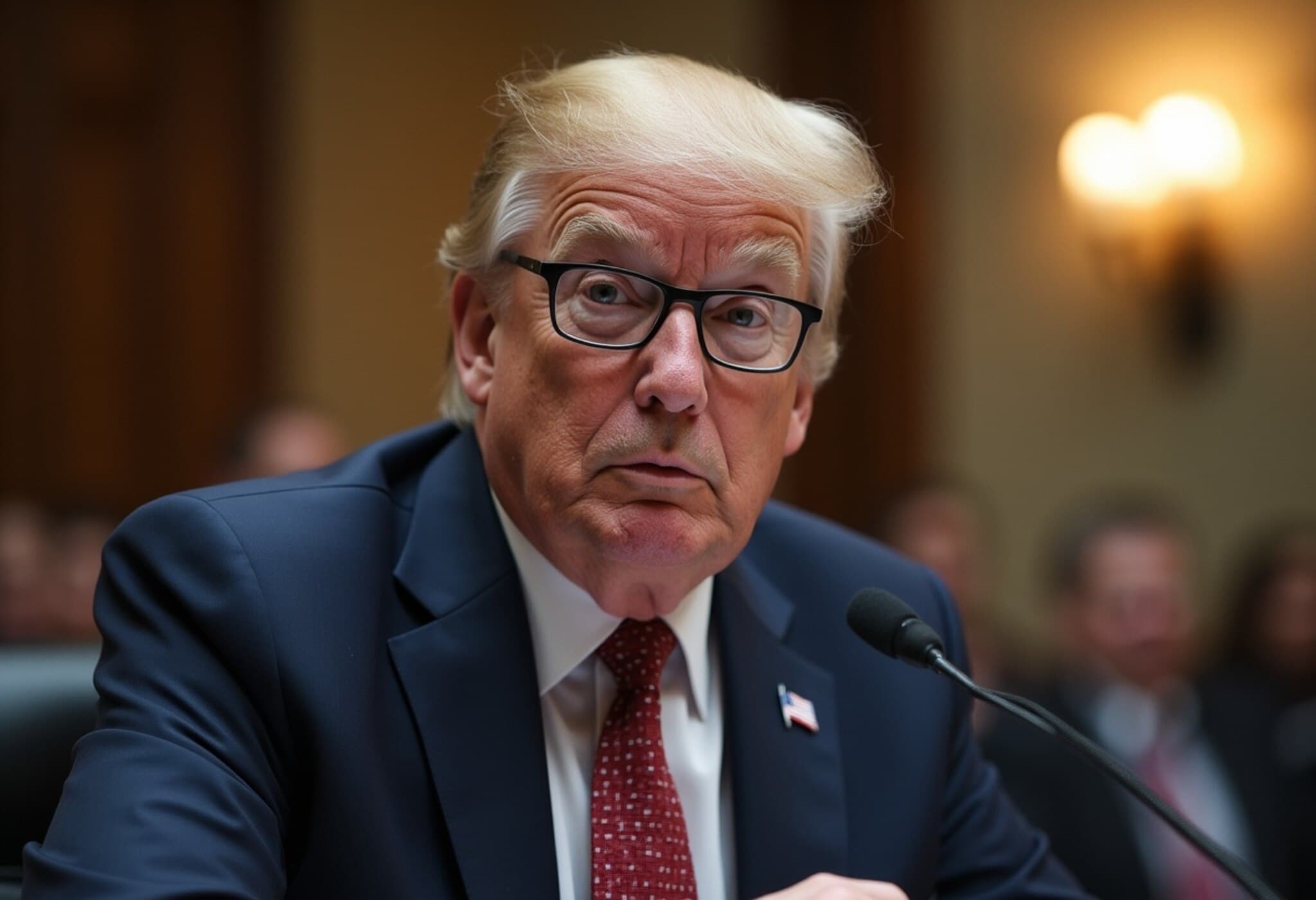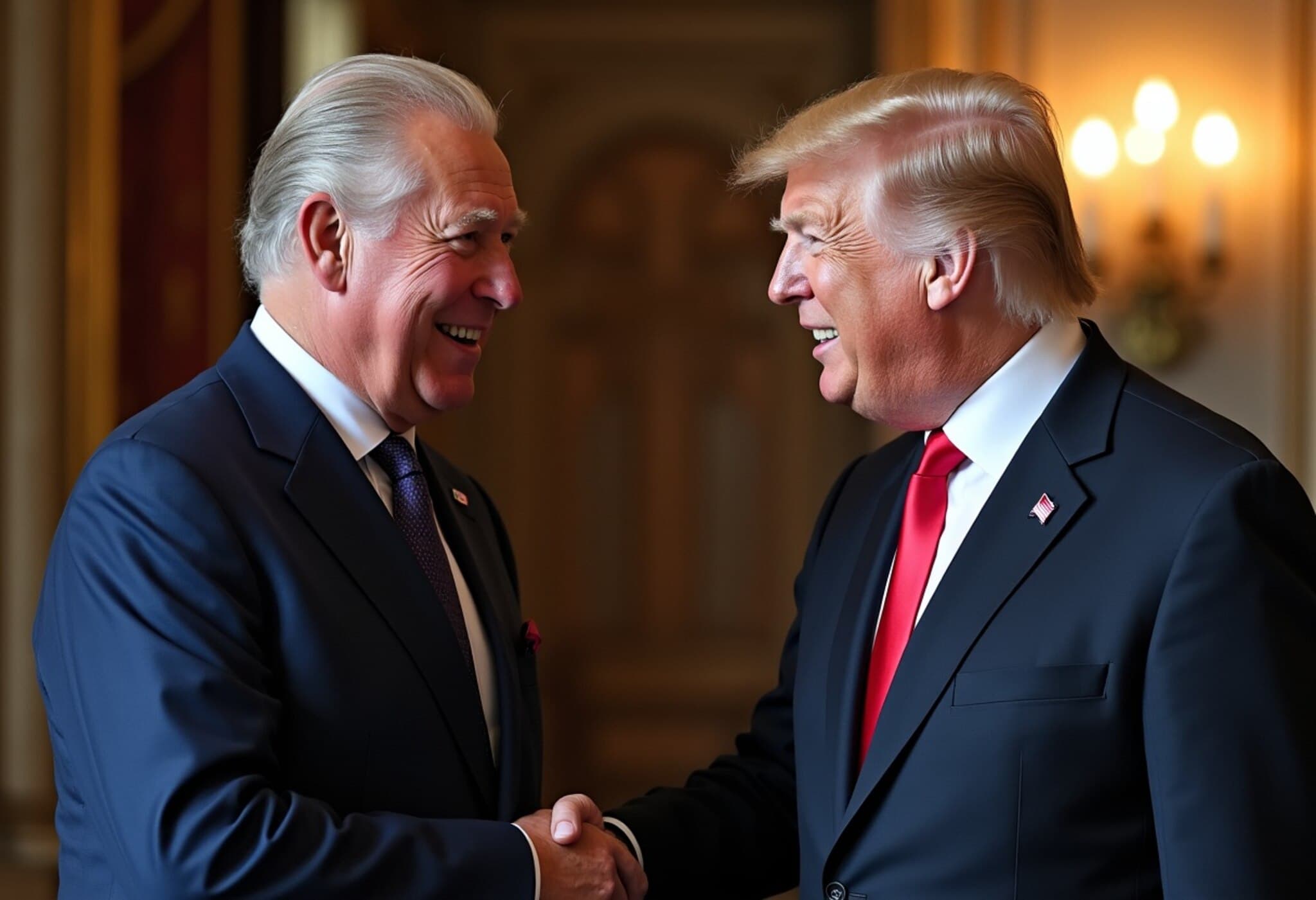Singapore’s Economy Grows Stronger Than Anticipated in Second Quarter
Singapore’s economy demonstrated a robust rebound in the second quarter of 2025, posting a year-on-year growth rate of 4.3%, surpassing economists’ consensus forecasts of 3.5%. This marks an acceleration from the 4.1% growth registered in the first quarter, signaling sustained momentum despite a challenging global economic landscape.
Quarter-on-Quarter Recovery Signals Resilience
On a quarter-on-quarter basis, Singapore’s gross domestic product (GDP) expanded by 1.4%, reversing the 0.5% contraction experienced in the previous quarter. This positive turnaround underscores the city-state's ability to adapt swiftly amid external headwinds, positioning it ahead of many of its regional peers who continue to grapple with trade disruptions and volatile markets.
Manufacturing Sector Drives Growth Amid Trade Tensions
The manufacturing sector, a cornerstone of Singapore’s economy, emerged as the primary growth engine with a 5.5% year-over-year expansion—up from 4.4% in Q1 2025. Given that manufacturing represents a significant portion of Singapore’s GDP, this uptick is critical. However, the sector faces ongoing volatility related to global supply chains and trade policy uncertainties.
Notably, Singapore benefits from a relatively favorable position concerning U.S. trade policies. Unlike several Southeast Asian nations targeted with “tariff letters” under U.S. President Donald Trump's administration, Singapore has not received such direct measures. Nevertheless, the country remains subject to the baseline 10% U.S. tariff, despite operating under a comprehensive Free Trade Agreement since 2004, and running a trade deficit with the United States.
Policy Responses and Economic Outlook
In response to the evolving trade landscape, the Singapore government established an economic resilience task force in April 2025. This initiative aims to deploy grants and support mechanisms to help local businesses navigate the unpredictable global environment. These measures reflect Singapore's pragmatic approach to safeguarding its open economy amidst rising protectionism.
The latest GDP figures arrive ahead of a critical monetary policy decision scheduled by the Monetary Authority of Singapore (MAS) in late July. In their May meeting, MAS maintained the existing policy stance but highlighted risks including financial market volatility and weakening external demand that could hamper economic progress.
Encouragingly, Singapore’s headline inflation cooled to 0.8% in May 2025—its lowest since February 2021—with core inflation (excluding accommodation and private transport) easing to 0.6%. These trends potentially pave the way for accommodative monetary measures, including possible rate adjustments, to sustain growth momentum.
Expert Insight: Navigating a Complex Global Terrain
Economists emphasize that while Singapore’s Q2 performance is promising, uncertainty looms large. The interplay of global tariff policies, particularly from major economies like the U.S., and the cascading effects of geopolitical tensions remain significant downside risks. Given Singapore’s pivotal role as a global trade nexus, even subtle shifts in the international trade environment could reverberate widely.
Moreover, the cautious stance of the MAS reflects a delicate balancing act: fostering growth while guarding against inflationary or financial-market pressures. Analysts note that Singapore’s policy agility—including targeted fiscal measures and monetary flexibility—will be crucial as the global economy navigates choppy waters ahead.
Looking Ahead: Questions for Stakeholders
- How will ongoing U.S.-China trade tensions influence Singapore’s manufacturing and services exports?
- Can Singapore’s government sustain support for vulnerable industries without jeopardizing fiscal prudence?
- What role will innovation and diversification play in fortifying Singapore’s economic resilience over the medium term?
- How might shifts in global supply chains impact Singapore’s strategic economic positioning in Asia?
Editor’s Note
Singapore’s standout 4.3% GDP growth in Q2 2025 offers a testament to its economic resilience amid a fractious global trade climate. Yet beneath these solid numbers lies a landscape marked by uncertainty and risk, not least due to evolving tariff regimes and geopolitical complexities. As policymakers prepare for imminent monetary decisions, the key challenge remains: balancing growth stimulus with vigilance against emerging vulnerabilities. Observers should watch closely how Singapore leverages policy innovation and regional partnerships to sustain its role as a dynamic global economy.


